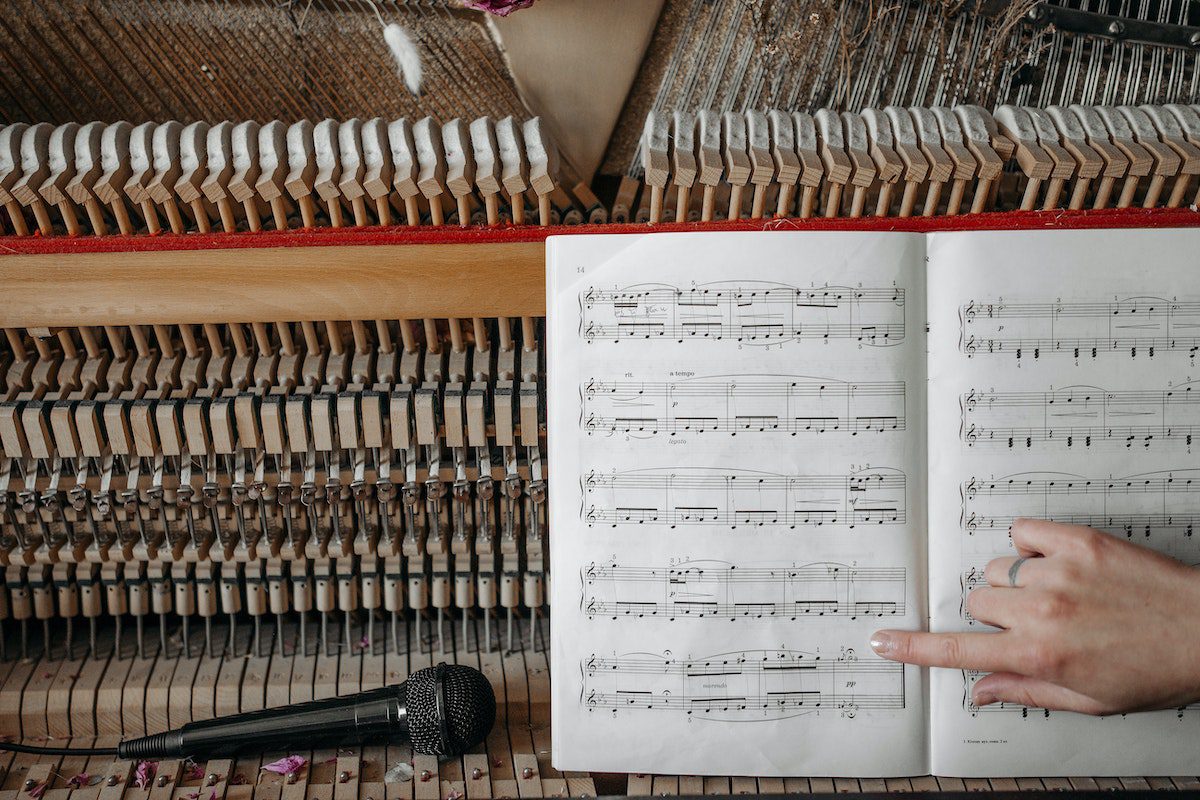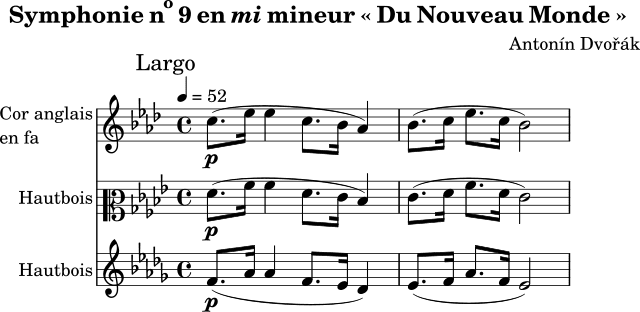As one of the slowest tempos in musical notation, “largo” sets the stage for performances that resonate deeply, stretching moments into expansive experiences and immersing listeners in a world where time seems to slow down. So, what exactly does “largo” mean in music, and how has its use shaped the musical landscape across different eras? Prepare to be captivated by the broad and slow tempo that sets the stage for musical grandeur.
What does “largo” mean? “Largo” in classical music refers to a slow and stately tempo, setting the stage for grandeur and emotional intensity.
What does largo mean?
In music, “largo” is an Italian tempo marking that denotes a slow tempo. It’s one of the slowest tempos available, requiring the music to be played very slowly and broadly. The term may also suggest a feeling of being expansive or grand. It usually falls in the 40-60 beats per minute range in metronomic terms.

AKAI Professional MPK Mini MK3

AKAI Professional MPK Mini MK3
What is the difference between largo and adagio?”
While both “largo” and “adagio” signify a slow pace, they convey separate meanings. “Adagio” is typically a bit faster than “Largo.” Adagio means “slowly” or “at ease” in Italian and typically indicates a tempo of 66-76 beats per minute (bpm) on a metronome while “Largo” typically indicates a tempo of 40-60 beats per minute (bpm) on a metronome.
What are the different interpretations of largo?
In the Baroque era, where music flourished with grandeur and complexity, composers had their own unique take on tempo markings. Jean-Jacques Rousseau, an Enlightenment sage, deemed “largo” as the slowest of all tempo markings.
Yet, interestingly, for English composers like Purcell and his contemporaries, “largo” fell somewhere between “adagio” and “andante.” With diverse perspectives like these, the tempo journey of “largo” continued to evolve. Beyond its technical meaning, “largo” carries an undercurrent of heartfelt personal intensity. Imagine the aria “Ombra mai fù” from Handel’s Xerxes, affectionately known as “Handel’s Largo.”
Although the original marking is the diminutive “larghetto,” the mistake in labeling speaks volumes. It tells us that “largo” not only signifies a slow pace but also resonates with profound emotional depth and expression. It’s a gateway to music that tugs at your heartstrings.

Now let’s dive into the unique ways that composers like Haydn and Beethoven approached “largo.” Haydn, the master of surprises, reserved this tempo marking for special and personal utterances. Take, for example, the Cantabile e mesto slow movement from his Quartet Op. 76 No. 5. When Haydn employs “largo,” you know that something deeply meaningful is about to unfold.
As for Beethoven, the maestro of the musical revolution, “largo” took on a whole new dimension. It became a realm where time seemed to suspend, and the music’s heartbeat almost came to a halt. Just listen to the near-timeless introductions of his Piano Sonata Op. 31 No. 2 (Tempest) and the finale of Op. 106 (Hammerklavier). You’ll witness the sheer power of “largo” in creating an otherworldly experience.
What is the impact and evolution of ‘largo’ in the musical repertoire?
After the monumental works of Beethoven, there seems to be a “largo” lacuna in the standard repertoire. In the realm of orchestral music, one exceptional piece that stands out is the Largo from Dvorák’s Symphony From the New World (No. 9).
The hauntingly beautiful sound of the cor anglais weaving its melancholic melody within the expansive orchestral landscape is a splendid exception that captures the essence of “largo” and evokes a sense of longing and nostalgia.
Shostakovich, a great 20th-century composer known for his powerful and emotive compositions, employs “largo” as more than just a tempo marking.
Shostakovich, a great 20th-century composer known for his powerful and emotive compositions, employs “largo” as more than just a tempo marking. It becomes a vessel that carries a myriad of emotions, piercing the hearts of the listeners.
Take, for example, the Largo of his Fifth Symphony, which reportedly had members of its first audience audibly sobbing. When Shostakovich uses “largo,” it’s an invitation to delve deep into the realms of human experience and embrace the full spectrum of emotions.
If you want even more great tips and information, check out the video.
Frequently Asked Questions (FAQ)
Got lingering questions? Fear not! I’m here to shed some light on the most frequently asked questions about “largo.”
How can I effectively incorporate “largo” into my compositions without overpowering them?
The key lies in balance and intention. Consider “largo” as a tool to enhance emotional depth and create impactful moments. Use it selectively, allowing the music to breathe and the listener to fully experience the expressive qualities it brings.
Are there any specific techniques I can use to convey the grandeur of “largo” in my home recording studio?
Absolutely! Experiment with spacious reverberation and layered textures to create a sense of grandeur and depth. Utilize dynamics to gradually build intensity, allowing the music to unfold majestically. Remember, the magic happens when you combine technical expertise with artistic vision.
Can “largo” be interpreted differently in different musical genres?
Indeed! While “largo” is traditionally associated with classical music, its essence can be embraced and reimagined in various genres. Jazz, rock, and electronic music, among others, can explore their own interpretations of “largo,” infusing it with their unique characteristics and musical language.
Conclusion
We’ve journeyed through the captivating realm of “largo,” unraveling its meanings, exploring its historical context, and discovering its impact on music. Did I cover everything you wanted to know? Let me know in the comments section below (I read and reply to every comment). If you found this article helpful, share it with a friend, and check out my full blog for more tips and tricks on music production, home recording studios, and everything that makes our ears tingle with joy. Thanks for reading, and until next time, keep embracing the beauty of “largo” in your musical adventures!
Key Takeaways
This article covered the topic of “largo” in music, exploring its different interpretations across composers and eras. Here are some key takeaways:
- “Largo” signifies a slow tempo, but its emotional and expressive qualities vary across different composers and genres.
- It can convey profound emotional depth and grandeur, enriching musical compositions.
- “Adagio” is typically a bit faster than “Largo.”
- In orchestral music, one exceptional piece that stands out is the Largo from Dvorák’s Symphony From the New World (No. 9).
- “Largo” as a tempo marking has been interpreted differently throughout history.
- Jean-Jacques Rousseau considered “largo” to be the slowest of all tempos, while English composers like Purcell viewed it as falling between “adagio” and “andante.”















